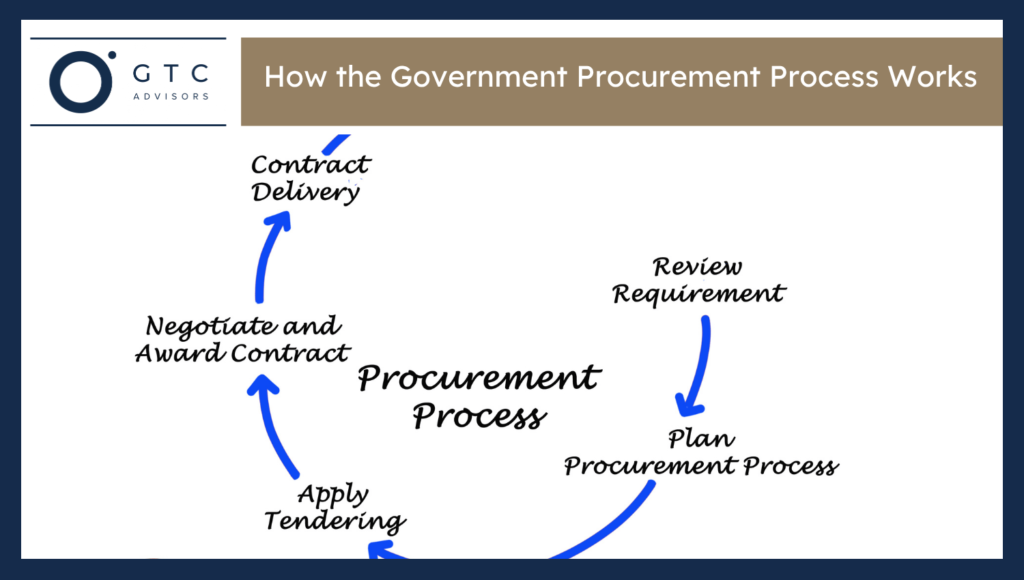The procurement of goods, services, or construction work to be used by the government is called government procurement. It plays an important role in the provision of healthcare, education, transportation, and safety. They use taxpayer resources to make these purchases. It is necessary to make transparency and accountability essential. Proper competition ensures that corruption is avoided. It guarantees that public money is being used effectively. It includes bidding, assessing and awarding contracts. It promotes local suppliers and employment posts. Governments keep track of performance and spending. It assists in enhancing the delivery of the public service. Effective procurement saves financial resources. It builds trust between governments and their citizens.
What are the Key Objectives of the Government Procurement Process?
The following are the 4 key objectives of the government procurement process:
- Cost-Effectiveness: Makes sure that taxpayer money is used efficiently. Concentrates on achieving good value of goods or services in terms of costs, quality, reliability, and longevity.
- Transparency: Encourages transparency and responsibility throughout the process of procurement. Needs transparency of procedures, availability of information and documentation to avoid corruption or favouritism.
- Fair Competition: Ensures that vendors that are qualified have an equal chance. Creates more innovation and fairer pricing as monopolies and unfair advantages during the bidding process are avoided.
- Economic Development: Boosts the local economy through the preference for local suppliers. Government contracts help to provide workplaces, assist NGOs and develop national industries.
- Sustainability: Considers the environment and social aspects in making purchase decisions. Tries to minimise waste, minimise carbon footprints, and help in ethical production.
What are the Common Types of Government Procurement
The following are the twelve common types of government procurement:
- Open Tendering
- Restricted Tendering
- Request for Proposals (RFP)
- Sole-Source Procurement
- Two-Stage Tendering
- Framework Agreements
- Request for Quotations (RFQ)
- Electronic Reverse Auctions
- Direct Procurement
- Blanket Purchase Agreement (BPA)
- Single Source Procurement
- Dynamic Purchasing System DPS
Open Tendering
Open Tendering is a procurement mechanism which allows any interested supplier to place a bid. It provides an optimal level of transparency and a competitive model. The decision about bids is taken according to predetermined criteria. It is most effective with standard goods or services where each of the bidders is capable of fulfilling the defined specification under similar circumstances.
Restricted Tendering
Restricted tendering is the limited invitation to bid practice where only prequalified suppliers are invited. It reduces competition and quickens the process. It is applied when certain special skills are required, or competition is open, but it is not feasible. Vendors can only be evaluated in the final stage if they fulfil some quality or capability criteria.
Request for Proposals (RFP)
The RFP process is used when there are multiple solutions to a complex requirement. Vendors provide both technical and financial offers. Assessment is not only based on price, but also on value and innovation. It is ideal in projects that require customisation, consultancy or where input is required from a buyer in solution development.
Sole-Source Procurement
Sole-source procurement occurs when a supplier is selected to enter into a contract without competition. It happens when you have no alternative supplier or a suitable one. It is a common approach in an emergency, proprietary products or specialised services, and thus, it needs to be well justified and monitored, to make it a fair procurement policy.
Two-Stage Tendering
The two-stage tendering divides the process into technical and financial assessment. Technical proposals without prices are the first stage during which vendors submit their proposals. Vendors who have been short-listed present financial submissions after the evaluation. It applies to complex purchases that need to clarify requests or further development of solutions before finalising costs.
Framework Agreements
Framework agreements are schemes of permanent contracts with one or several suppliers. They provide terms and conditions of future purchase, but do not assure volume. When the needs come, orders are placed. This approach makes repeat ordering easier, avoids administrative costs and ensures a recurrent supply of goods or services at a fixed price over time.
Request for Quotations (RFQ)
RFQ is a fast way of buying items of low value that are well-defined. Suppliers come up with price quotes, and thus comparison and selection can be done as quickly as possible. It shortens the time and cost of procurement. It best fits standard products or services that do not need negotiation, design input, or approved assessment by the buyer.
Electronic Reverse Auctions
Electronic reverse auctions enable suppliers to compete online by reducing prices. A bidder with the lowest bid usually wins. The approach heightens competition, openness and reduces costs. It is best suited to bulk, standardised buying, with the key selection criteria being the lowest responsive price available.
Direct Procurement
Direct procurement is a process where goods or services are purchased without competition. It is normally used when strict bidding cannot be done due to urgency or low-value purchases. It is efficient, but it needs controls and documentation to avoid abuse. This approach can be used to respond quickly yet remain subject to the internal approval and compliance process.
Blanket Purchase Agreement (BPA)
BPAs simplify the procurement process for repetitive requirements. It negotiates terms, conditions, and prices with a supplier and makes orders as required. There is no obligation in advance. BPAs minimise the paperwork, guarantee a speedier fulfilment, and are mostly applied to office supplies, maintenance, or extra parts.
Single Source Procurement
Single-source procurement can choose between multiple vendors in a competitive field, even in cases when alternative vendors exist. This approach is applied where one supplier provides benefits in terms of quality, support or compatibility. It requires some degree of market analysis and documentation, as opposed to a sole-source, to support a choice of a preferred provider.
Dynamic Purchasing System (DPS)
DPS is a procurement program that is open to eligible suppliers at all times. Suppliers are allowed to join at any time, thus ensuring flexibility and continuous competition. It is appropriate to standardised, often-bought products. Contracts are awarded by a mini-competition open to registered vendors for value to the money, fairness and authenticity of procurement rules.
What Are the Steps in the Government Procurement Process?
This process involves the following seven main steps:
- Needs Assessment & Planning: Determines what is needed in terms of goods or services. Includes budget, market research, and determination of procurement objectives according to the needs of the agencies.
- Tender Preparation: Tender documents were drafted with technical specifications, schedules and eligibility requirements. Specifies guidelines that vendors have to adhere to present acceptable bids.
- Advertisement & Bid Submission: Makes publicly available the procurement opportunities. Allows capable vendors an equal opportunity and time to make competitive bids within a specified period.
- Bid Opening & Evaluation: Makes every bid open in a process that is transparent. Assess in terms of price, compliance and quality in order to get the best offer that is beneficial.
- Award of Contract: Officially gives the contract to the most competent bidder. Sends issues notifications, signs the agreement, and establishes conditions of performance, payment, and penalties.
- Contract Implementation & Monitoring: Makes sure that the supplier delivers as agreed. Maintains track of timelines, performance, and deliverables to prevent delays or problems with quality.
- Audit & Compliance Review: Reviews records and performance post contract completion. Maintains the legal and financial obligations up to date and records a lesson to improve in the future.
Who Manages the Government Procurement Process?
Here are the 3 main bodies that manage, regulate, and lead the procurement process:
- Central Procurement Bodies: These are national-level agencies that determine policy in procurement, establish frameworks and procedures. They can handle high-value contracts or strategic contracts and ensure consistency across industries.
- Ministries & Departments: Procurement for the operational needs of individual ministries is carried out by individual ministries. They make purchasing plans, release tenders, and control the performance of the suppliers within the context of central plans.
- Oversight & Audit Institutions: These institutions undertake oversight of the procurement processes to check on the legality, transparency, and efficiency. These detect mismanagement, apply accountability, and monitor compliance reports.
What are the Common Challenges in the Procurement Process?
Below are the 4 most common issues faced in the procurement process:
- The process is impacted by administrative delays and its speed. Lack of planning, old systems and no coordination can help to blow up the timeline of the project and its overall cost.
- The rule of corruption and lack of transparency leads to unjust awards. The cases of bribery, favouritism, and off-the-record processes undermine trust in government and waste taxpayer money.
- The small capacity of suppliers reduces the number of vendors. Local or small businesses can lack resources or expertise, minimise competition, and lower the quality in terms of services or products.
- Poor contract enforcement gives bad outcomes. Suppliers can fail to meet deadlines, standards, or even deliver incomplete work without associated monitoring.

George C. Tagg, Jr.
George serves as a trusted counsel to business leaders, non-profit executives, and management teams. George is a licensed attorney with a master’s in international affairs and over 20 years’ experience in the U.S. Congress, Department of State, Department of Defense, global public policy, and political campaigns.


